A bird bath is more than just a decorative element for your garden—it’s a vital resource for our feathered friends, especially during hot summer months or in areas where natural water sources are scarce. Creating a bird bath that remains clean and safe requires thoughtful planning and regular maintenance. When done right, your bird bath will not only attract a diverse array of beautiful birds but will also contribute to their health and well-being. This comprehensive guide will walk you through everything you need to know about designing, placing, maintaining, and enhancing a bird bath that birds will flock to while remaining hygienic and hazard-free.
Understanding Why Birds Need Bird Baths
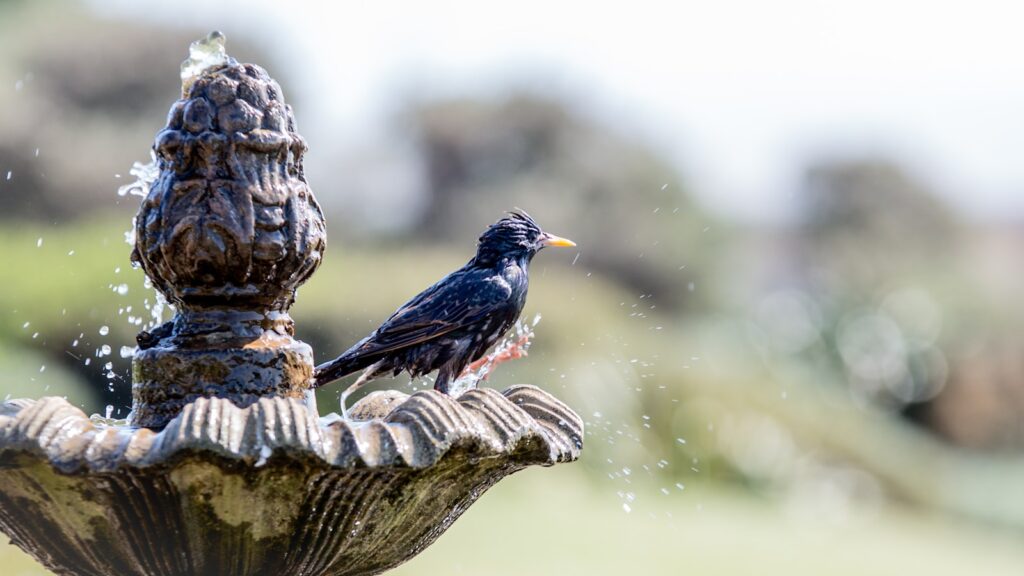
Birds require water not just for drinking but also for bathing, which helps them maintain their feathers in optimal condition for flight and insulation. When birds bathe, they’re removing dirt, parasites, and loose feathers that could otherwise compromise their health. During hot weather, a bird bath provides crucial relief from heat stress, while in winter, it may be one of the few unfrozen water sources available. Beyond physical needs, water features attract birds that might not visit feeders, increasing the biodiversity in your yard and providing excellent opportunities for birdwatching and photography.
Choosing the Right Bird Bath Design
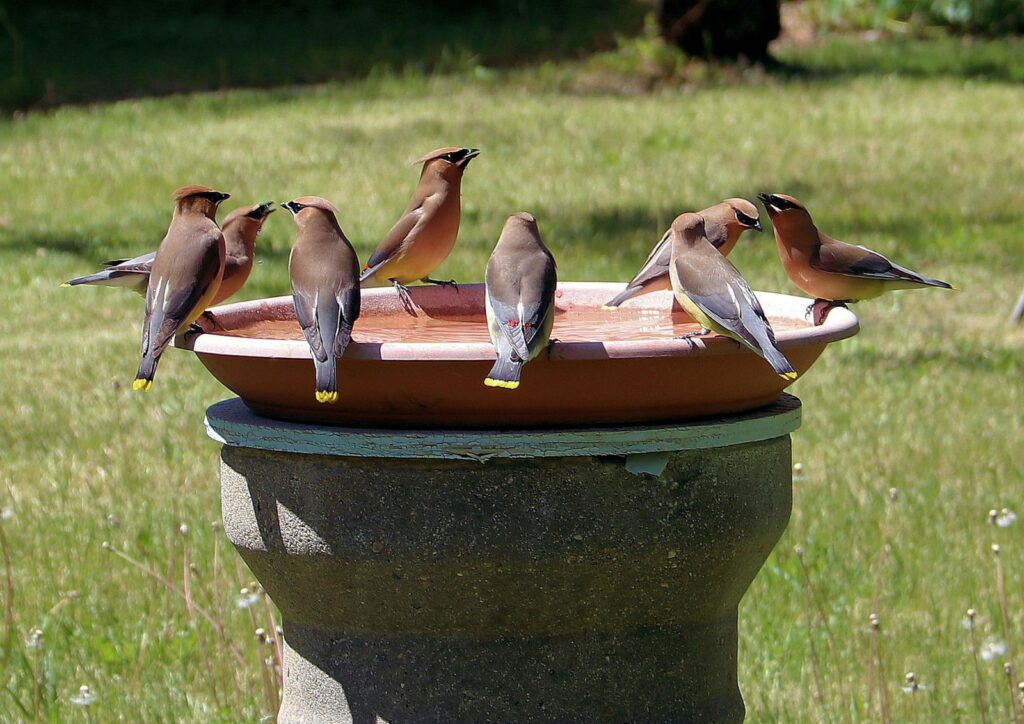
The ideal bird bath mimics natural water sources with gently sloping sides that allow birds to wade in gradually, accommodating both small and large species. The basin should be shallow—no deeper than 2-3 inches at its center—as most birds prefer to stand while drinking and bathing. Materials matter significantly: concrete, ceramic, and stone retain coolness and offer stability, while plastic and resin options are lightweight and easy to clean. Textured surfaces provide better footing than slick ones, preventing birds from slipping. Consider a design with a removable basin for easier cleaning and maintenance throughout the seasons.
Optimal Placement for Bird Safety
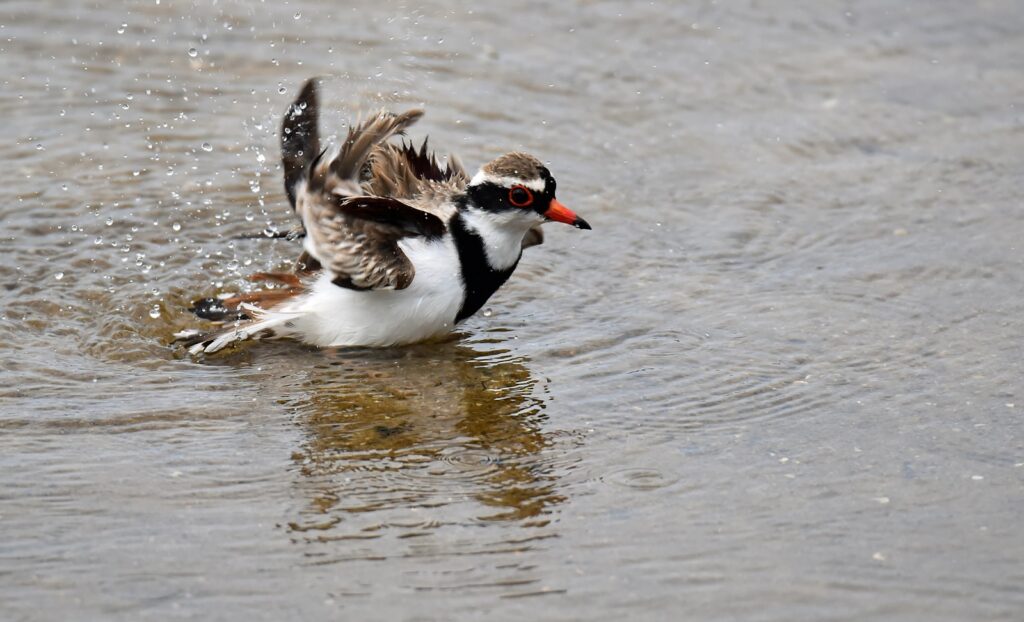
Strategic placement of your bird bath significantly impacts both bird safety and visitation frequency. Position the bath at least 10-15 feet from dense shrubs or trees that can serve as resting spots and escape routes from predators, but not so close that fallen leaves and debris constantly contaminate the water. Avoid placing bird baths in completely open areas where birds feel exposed to predators or in deep shade where algae growth accelerates. A location with dappled sunlight is ideal—providing enough warmth for comfort while preventing excessive water evaporation and algae proliferation. Finally, consider visibility from your windows to maximize your enjoyment of the feathered visitors without causing window collision risks.
Establishing a Regular Cleaning Schedule

Maintaining a clean bird bath is the single most important factor in keeping it safe for birds. Establish a routine of emptying and scrubbing the bath every 2-3 days during warm weather and weekly during cooler months. Use a stiff brush to remove algae, droppings, and other residue that accumulates on surfaces. Avoid using chemical cleaners that could harm birds; instead, a solution of nine parts water to one part white vinegar will effectively disinfect without introducing toxins. Always rinse thoroughly after cleaning to remove any vinegar residue before refilling. During periods of heavy bird use or extremely hot weather, you may need to clean and refill daily to prevent water from becoming stagnant.
Water Quality and Freshness Considerations
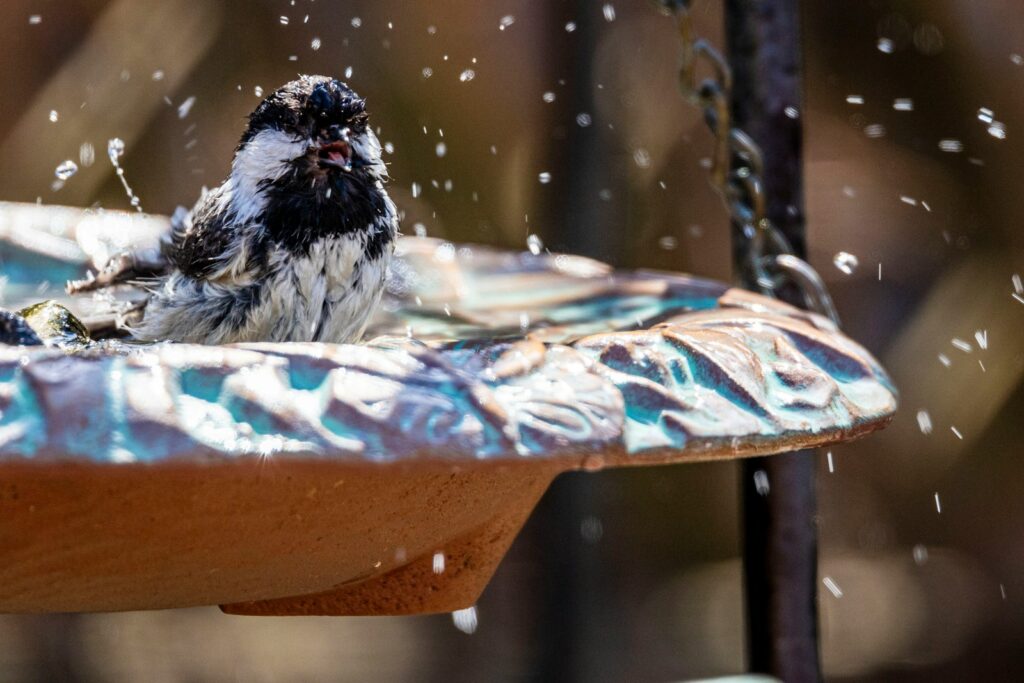
The quality of water in your bird bath directly affects bird health and how frequently they’ll use it. Use clean, fresh water without additives like chemicals or oils that are sometimes recommended for mosquito control but can damage birds’ feathers. If your tap water is heavily chlorinated, consider letting it sit for 24 hours before using it to allow chlorine to dissipate. In areas with hard water, occasional use of diluted vinegar during cleaning helps prevent mineral buildup that can harbor bacteria. During extreme heat, check water levels daily as evaporation can quickly leave the bath dry when birds need it most. Consider investing in a water filter or purifier for your outdoor faucet if water quality in your area is concerning.
Installing Water Circulation Systems
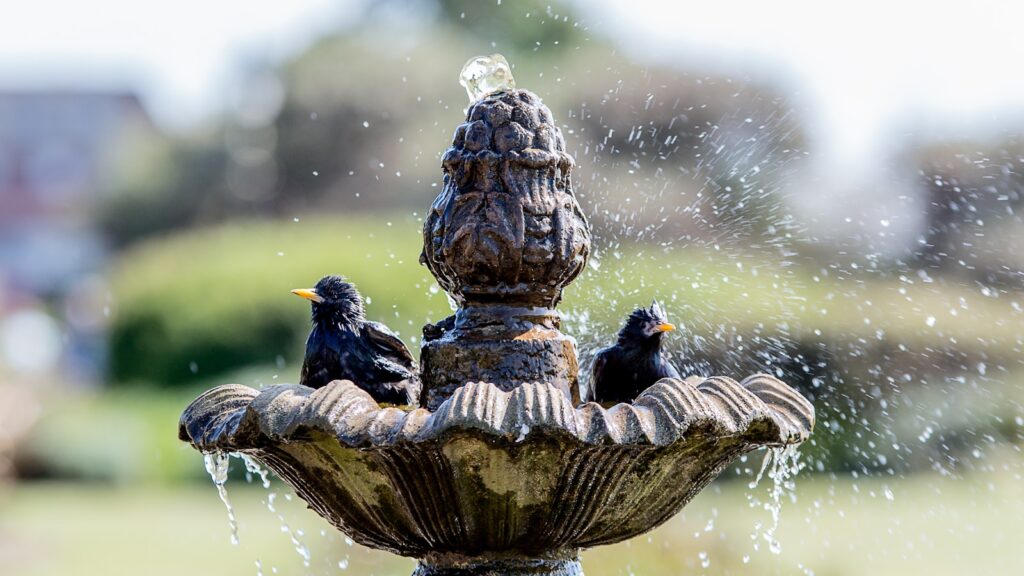
Moving water dramatically enhances a bird bath’s appeal while simultaneously reducing maintenance needs. Birds are naturally attracted to the sound and sparkle of moving water, which signals freshness and safety. A simple solar fountain, bubbler, or dripper can transform a static bath into a dynamic attraction that draws birds from greater distances. Circulation systems also help prevent mosquito breeding, as these insects require still water to complete their life cycle. Many solar-powered options require no wiring and operate whenever direct sunlight is available, making them environmentally friendly and easy to install. For maximum effectiveness, choose a system with an adjustable flow rate so you can calibrate the movement to gentle ripples rather than vigorous splashing that might intimidate smaller birds.
Preventing Algae Growth Naturally
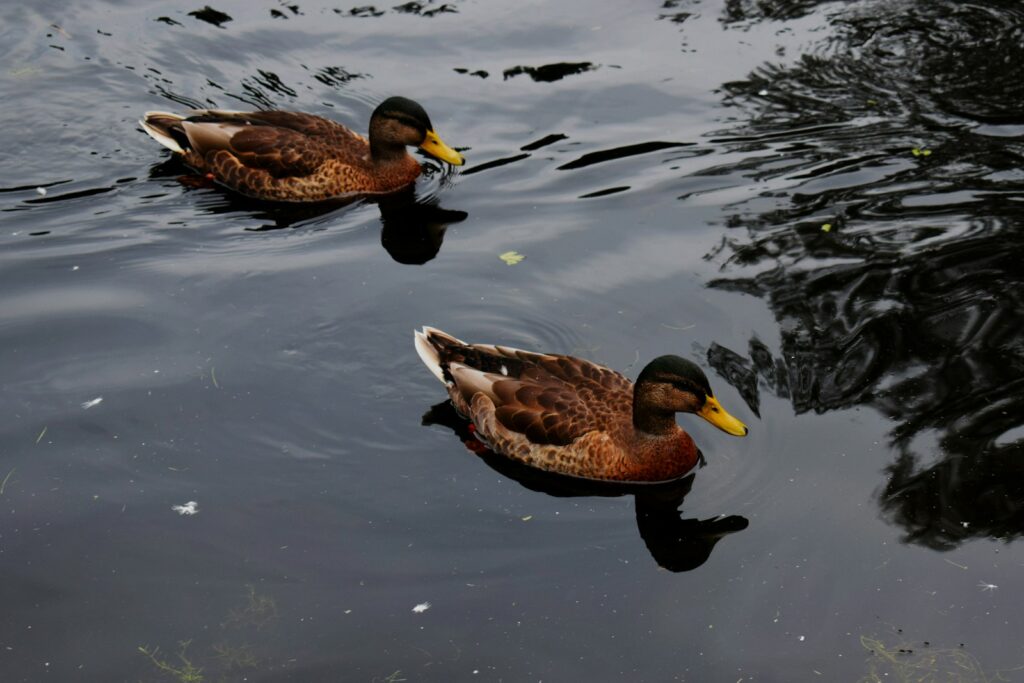
Algae growth is one of the most common challenges in maintaining a clean bird bath, especially in warm, sunny conditions. Position your bath where it receives morning sun but afternoon shade to limit the warmth and light that accelerate algae development. Adding a few copper pennies (minted before 1982 when they contained more actual copper) to the water can inhibit algae growth through copper’s natural anti-algal properties. Some bird-safe commercial enzymes break down organic matter before it can feed algae colonies. Perhaps most effective is simply changing water frequently and scrubbing surfaces regularly before algae has a chance to establish itself. Never use algaecides designed for pools or ponds, as these contain chemicals harmful to birds.
Winter Bird Bath Maintenance
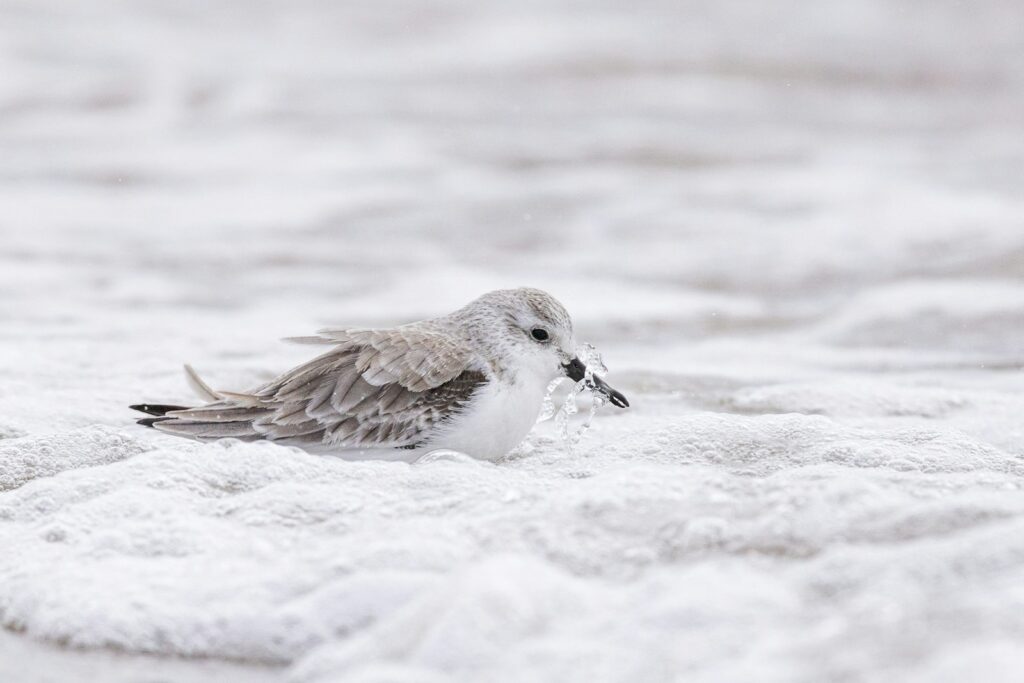
Providing water during freezing temperatures is especially valuable to birds when natural sources are frozen, though it requires special consideration. Heated bird baths or immersible heaters designed specifically for this purpose maintain water temperature just above freezing without becoming hot enough to harm birds. Always use products designed for bird baths with thermostatic controls and grounded outdoor plugs for safety. Position winter baths in locations that receive maximum sun exposure and protection from cold winds. Deeper baths freeze more slowly than shallow ones, though you should still maintain a gradual slope for bird safety. Check heated baths daily to ensure proper functioning and to remove any ice that forms despite heating elements.
Creating Bird-Safe Surroundings
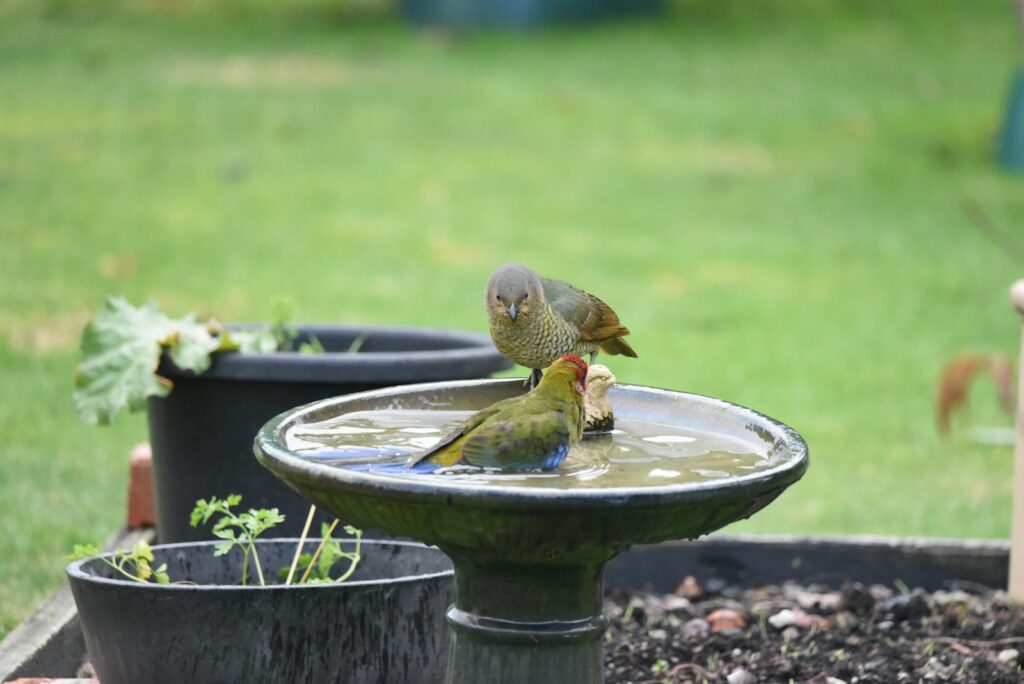
The area around your bird bath significantly impacts whether birds feel secure enough to use it. Plant native shrubs and small trees within 10-15 feet to provide perching spots where birds can preen after bathing and survey for predators before approaching the water. Avoid placing bird baths near bird feeders, as seed hulls and droppings from feeding birds quickly contaminate water. Consider adding flat rocks or partially submerged branches within the bath to create landing platforms and varying water depths. Keep domestic pets, particularly cats, away from bird bathing areas—perhaps by installing the bath in an area of the yard not accessible to pets. If predators are a concern, consider raising the bath on a pedestal to make a ground approach more difficult.
Enhancing Your Bird Bath with Accessories
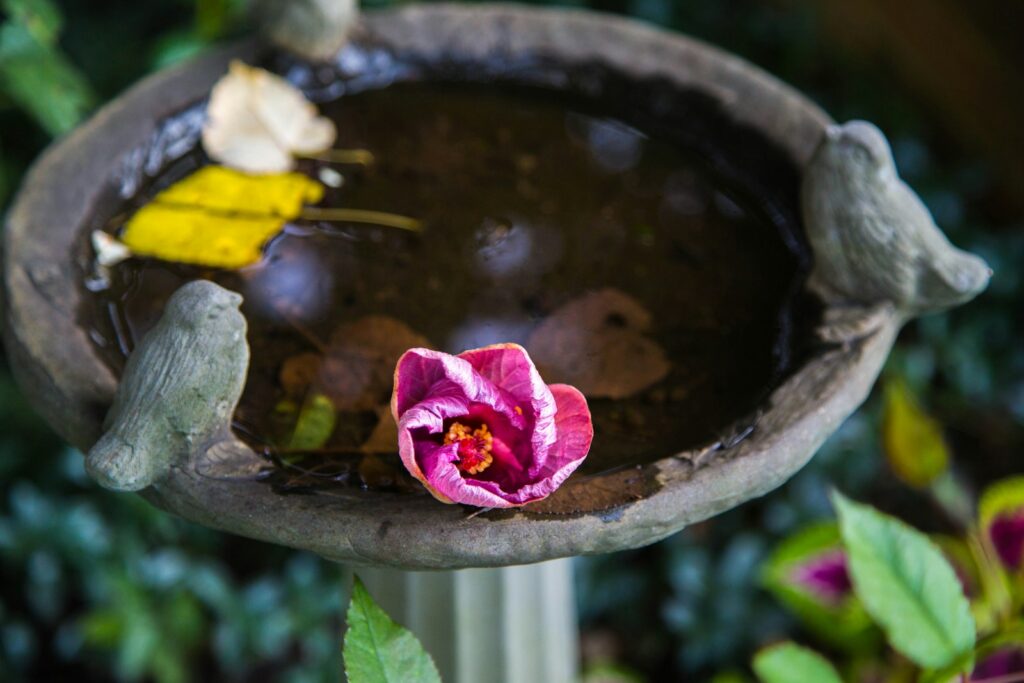
Strategic accessories can make your bird bath more attractive and functional for avian visitors. Water wigglers create gentle motion without electricity, using wind or manual winding mechanisms to move water and deter mosquitoes. Bird bath misters attached to a garden hose create a fine spray that some birds, particularly hummingbirds, use for bathing. Heating elements for winter use can be standalone units or built into specialized winter bird baths. Consider adding a bird bath cover for nighttime use in areas with high nocturnal predator activity or significant debris from overhanging trees. Solar-powered lights installed nearby can extend your bird-watching opportunities into dusk hours while potentially deterring some nocturnal predators.
Addressing Common Bird Bath Problems
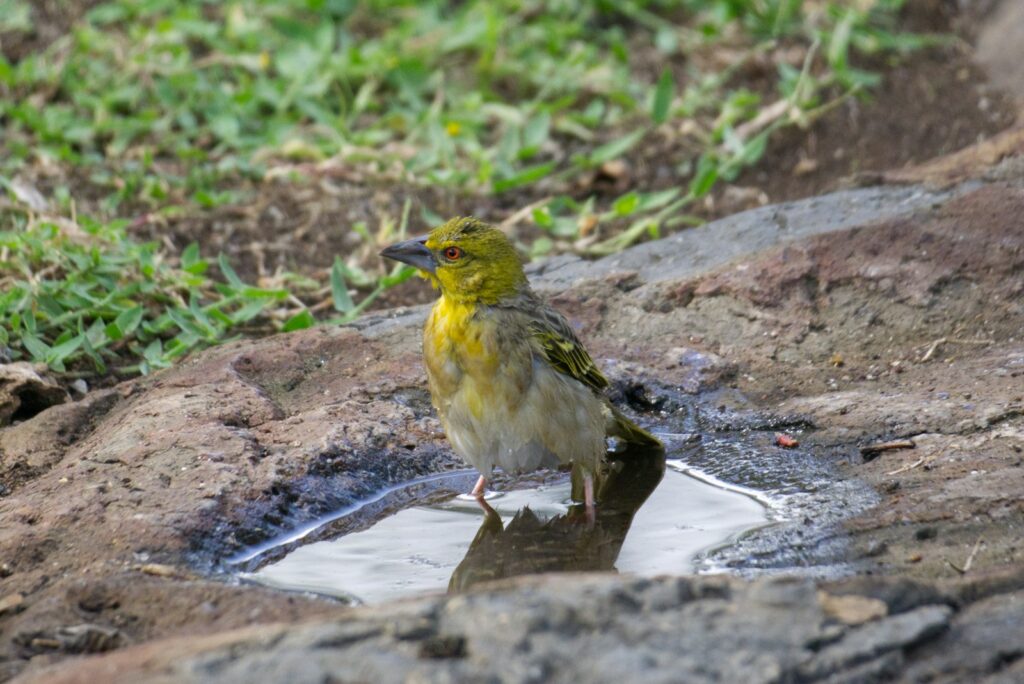
Even well-designed bird baths sometimes encounter issues that require troubleshooting. If birds aren’t visiting, evaluate the bath’s visibility, depth, and proximity to cover—birds need to see the water but also feel protected. For persistent algae problems despite regular cleaning, consider relocating to a shadier spot or adding a circulation system. When larger birds dominate and chase away smaller species, provide multiple bathing options of different sizes and depths placed in separate areas. If predators are stalking birds at your bath, increase protective cover nearby or raise the bath higher. For baths that constantly tip or are unstable, secure the base with landscape pins or replace it with a heavier model that resists wind and active birds.
Seasonal Adaptations for Your Bird Bath
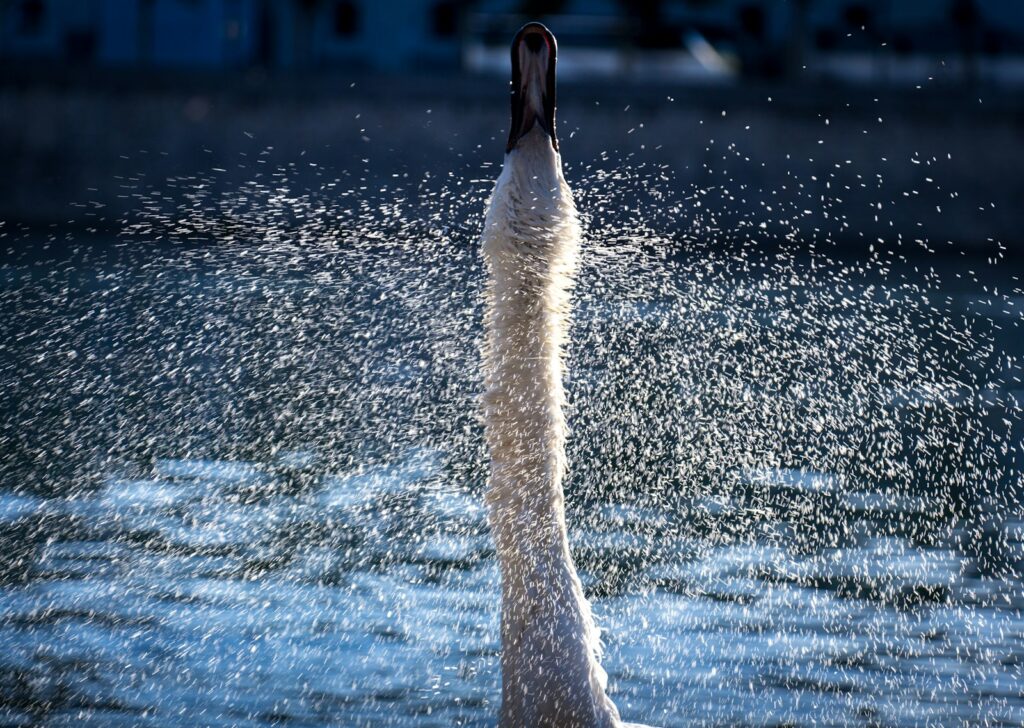
Different seasons present unique challenges and opportunities for your bird bath. In spring, position the bath to catch rainwater occasionally, which birds particularly enjoy for its softness and natural quality. Summer requires more frequent cleaning and refilling due to higher temperatures accelerating bacterial growth and evaporation. Fall brings falling leaves and debris, necessitating more diligent skimming and potentially a mesh cover during peak leaf drop. Winter demands either a heated bath solution or, in milder climates, placing dark-colored baths in full sun locations where they absorb maximum heat. By adjusting your maintenance routine and bath features seasonally, you’ll provide year-round benefits to your local bird population.
Monitoring Bird Health at Your Bath
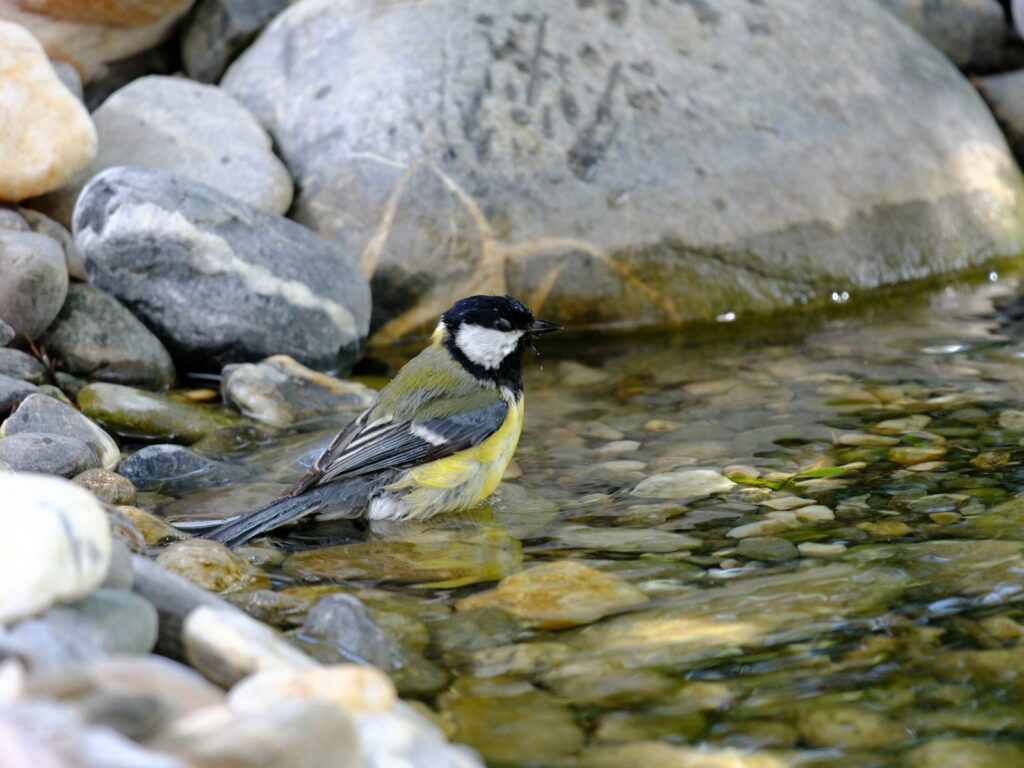
Your bird bath can serve as an important monitoring station for local bird health. Watch for signs of disease such as lethargy, unusual feather conditions, or birds that appear unwell. If you notice sick birds, immediately empty, thoroughly disinfect the bath with a 10% bleach solution, rinse extremely well, and refill with fresh water. Consider temporarily removing the bath if a disease outbreak occurs in your local bird population, following recommendations from wildlife authorities. Keep a simple log of bird species using your bath, which can help identify changes in local populations and seasonal patterns. This citizen-science approach contributes valuable data while enriching your bird-watching experience and ensuring your bird bath remains a positive influence on the ecosystem.
Conclusion
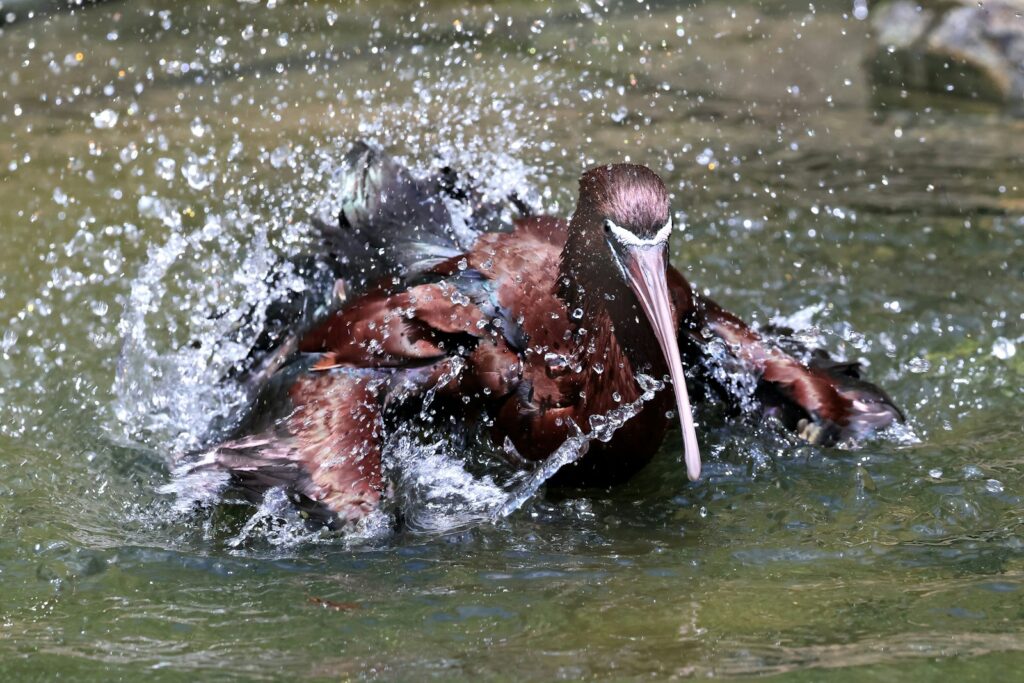
Creating and maintaining a clean, safe bird bath is a rewarding endeavor that benefits both your local bird population and enhances your connection with nature. By thoughtfully designing, strategically placing, and regularly maintaining your bird bath, you provide an essential resource that supports bird health and diversity. Remember that the most beautiful bird bath is one that prioritizes bird safety and cleanliness over mere aesthetics. As you implement these recommendations, you’ll create not just a water feature but a vibrant hub of activity that transforms your outdoor space into a sanctuary for birds and a source of endless joy for you.
